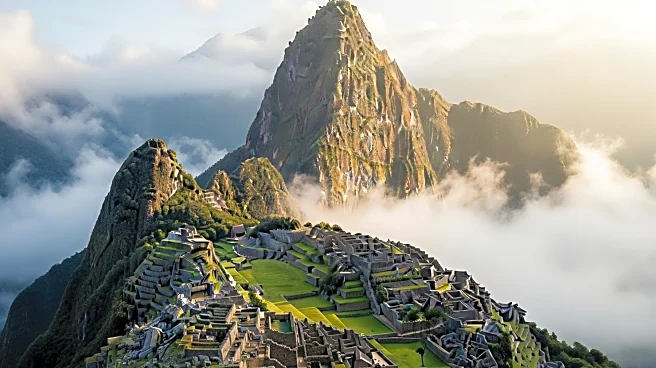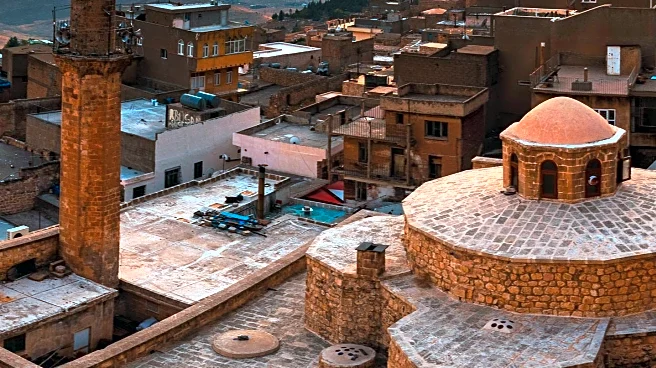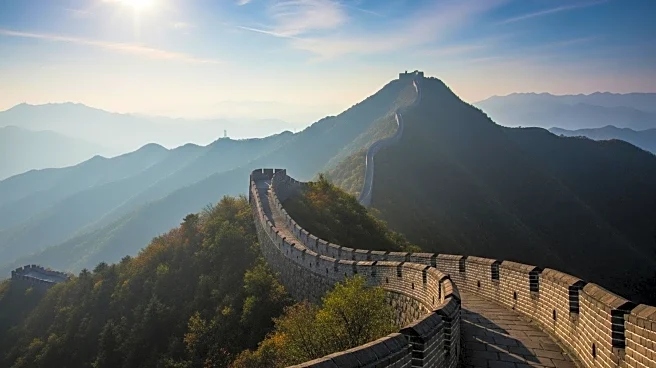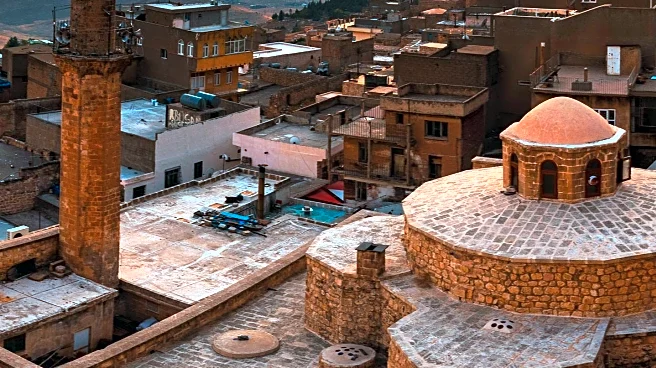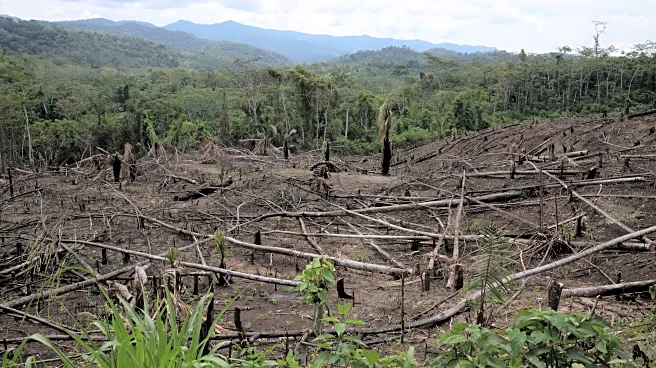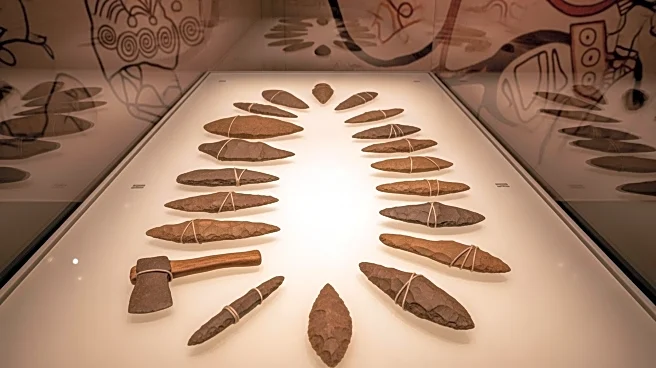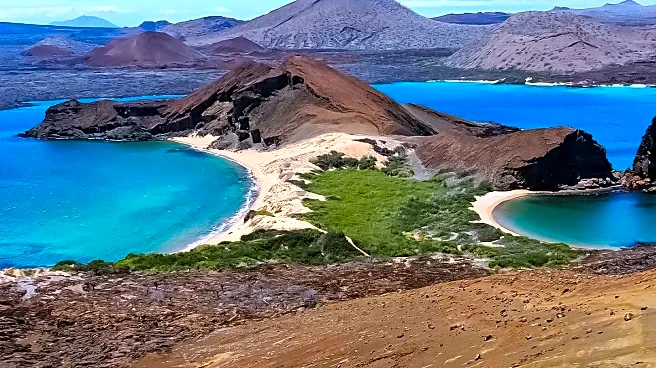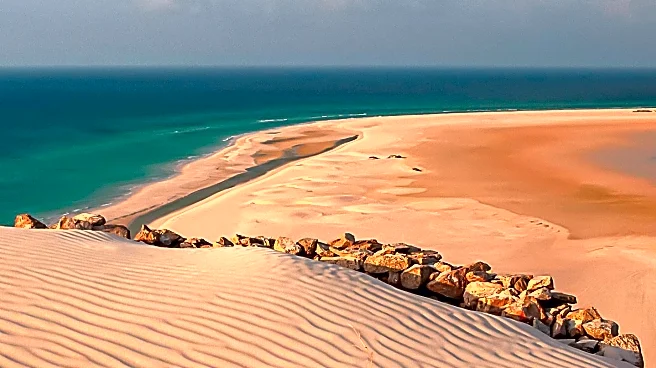Quito, the capital city of Ecuador, is a place of historical and cultural significance. As the oldest capital in South America, it boasts a rich heritage and unique geographic features. From its founding in 1534 to its modern-day status as a UNESCO World Heritage Site, Quito is a city that captivates with its history and charm.
Core Facts
Quito is the capital and second-largest city of Ecuador, with an estimated population of 2.8 million in its metropolitan area. It is located in a valley on the eastern slopes of the Pichincha volcano, at an elevation of 2,850 meters (9,350 feet) above sea level. This makes it one of the highest capital cities in the world. Quito is the closest capital city to the equator, which runs through the northern part of the metropolitan area.
Notable Details
Quito's historic center is among the largest and best-preserved in the Americas. In 1978, it was declared a World Cultural Heritage Site by UNESCO, alongside Kraków, Poland. The city's historic center is home to numerous colonial-era buildings, churches, and monasteries, showcasing a blend of Spanish and indigenous architectural styles.
Comparisons and Contrasts
Compared to other South American capitals, Quito stands out for its well-preserved colonial architecture and unique geographic location. Its elevation and proximity to the equator give it a mild climate year-round, unlike many other capitals that experience more extreme weather variations. Quito's historic center is often compared to those of other colonial cities, such as Cusco and Lima, for its architectural and cultural significance.
Key Data Points
Quito was founded on December 6, 1534, by Spanish conquistadors led by Sebastián de Benalcázar. The city became the capital of Ecuador in 1829. It has a population of approximately 2.8 million people in its metropolitan area. Quito's historic center covers an area of 320 hectares (790 acres) and contains around 130 monumental buildings.
 Discover Daily • 8 min read
Discover Daily • 8 min read 